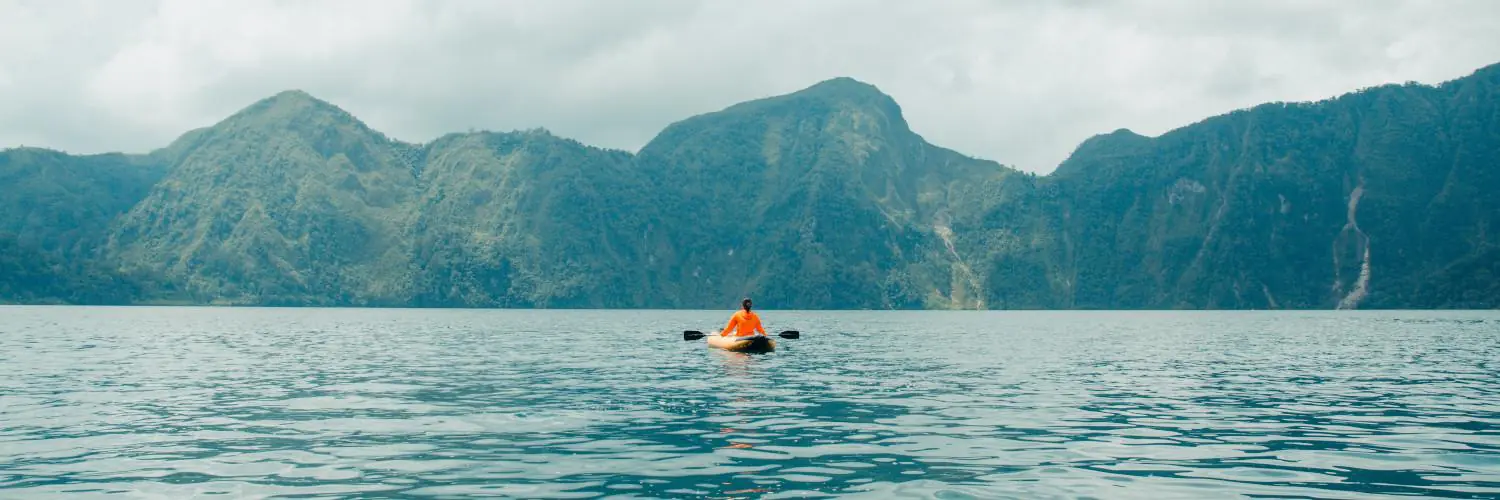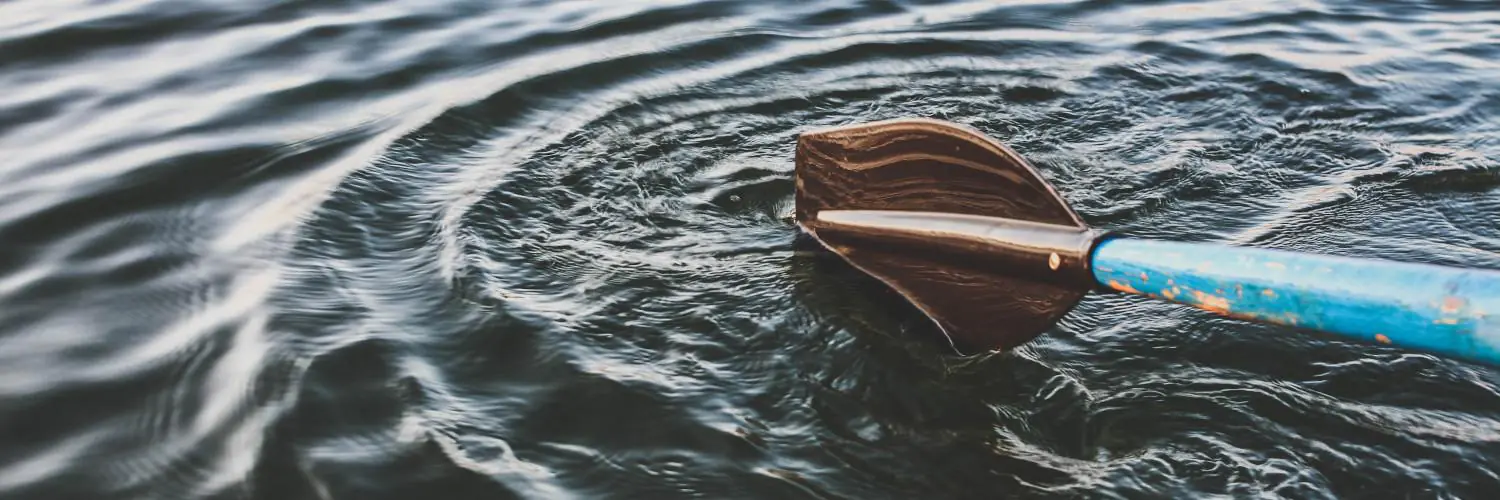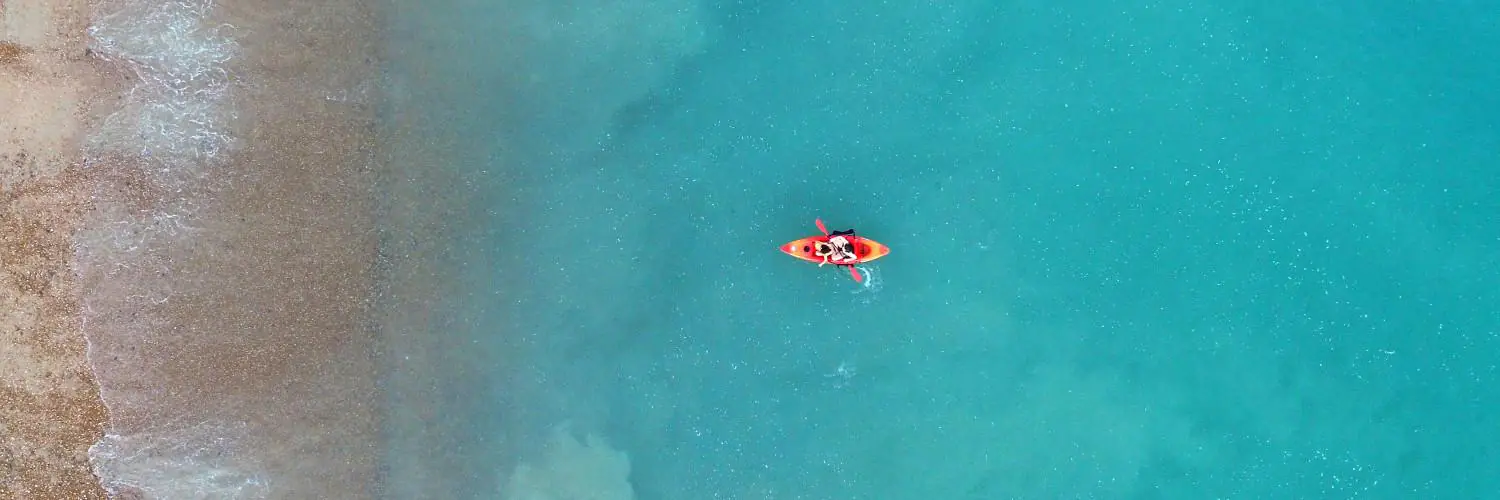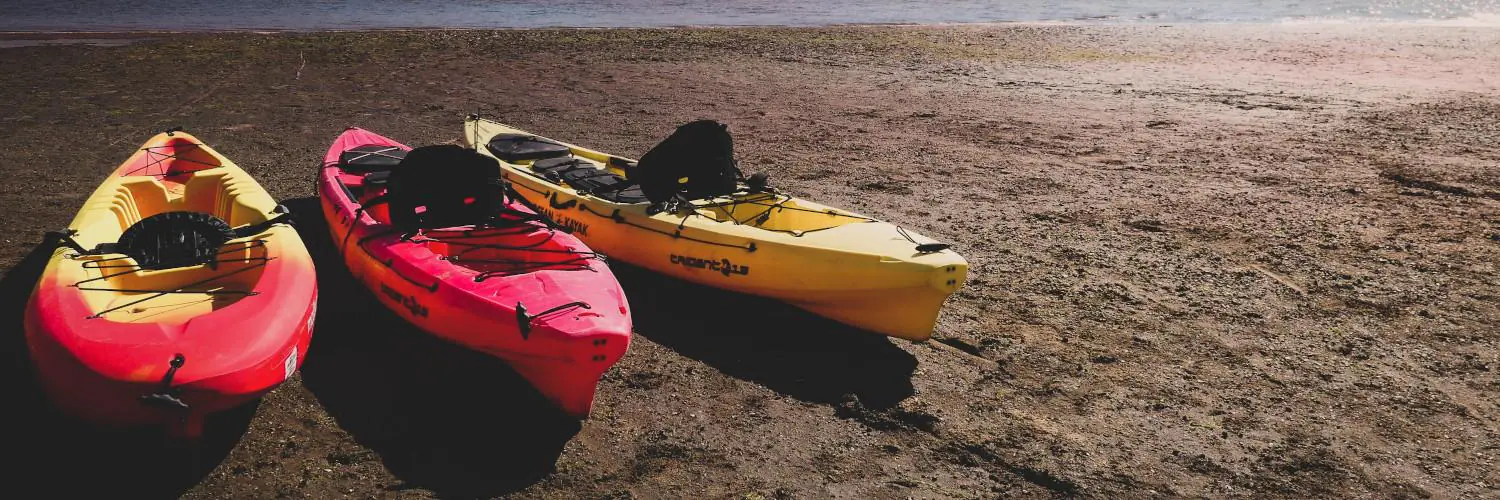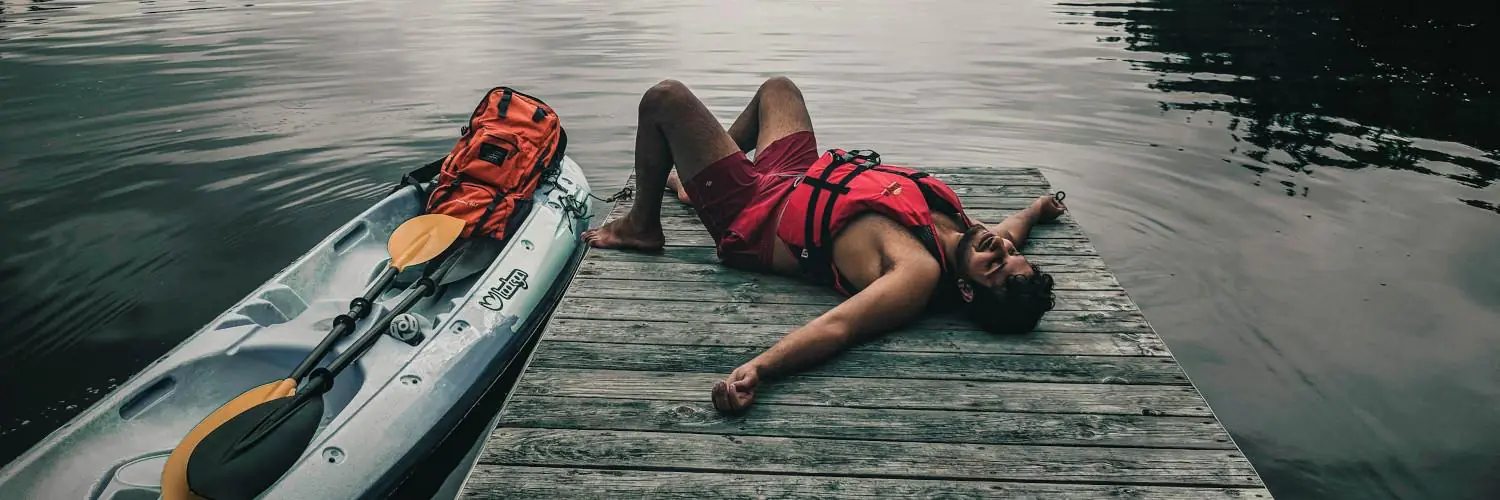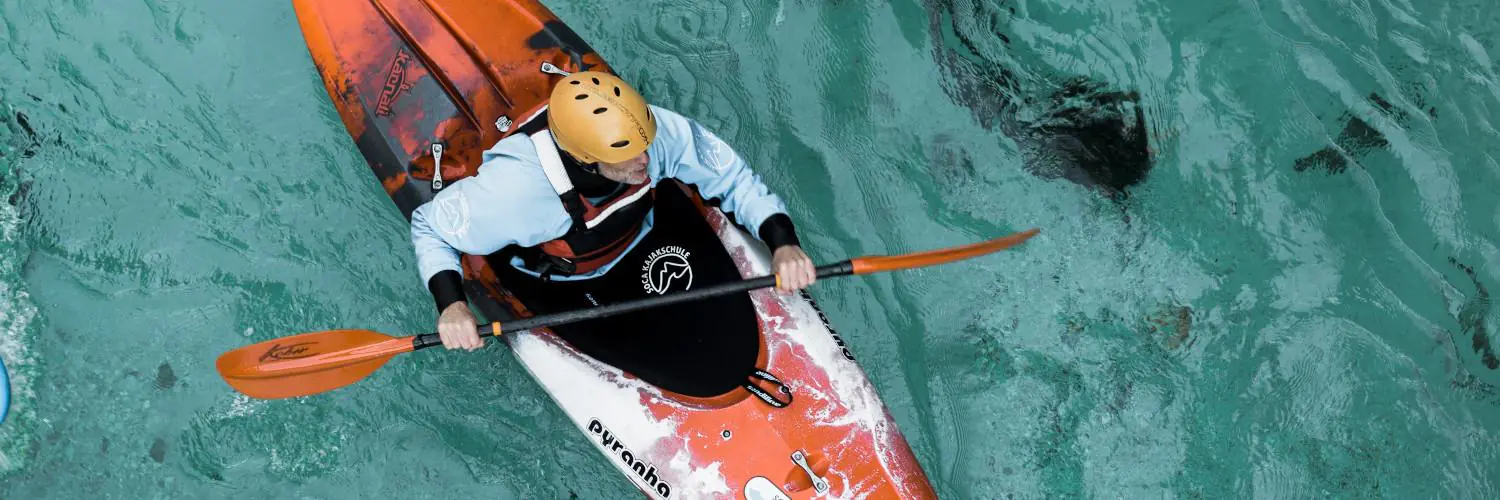In 2010, a tragic event unfolded on the Lukuga River in Congo, involving a group of kayakers. The foreboding waters of Africa’s rivers are home not only to stunning biodiversity but also to predators like the Nile crocodile, renowned for its impressive size and power. An encounter with one such creature led to a harrowing experience for American kayakers Chris Korbulic and Ben Stookesberry, who were undertaking an ambitious kayaking expedition through the heart of Africa with their guide, Hendri Coetzee.
Despite their extensive planning and awareness of the dangers lurking within the river, the team could not anticipate the suddenness and ferocity of a crocodile attack. While navigating a stretch of water approximately 100 feet wide, the unexpected happened. A crocodile estimated to be around 15 feet long ambushed the group, tragically resulting in the death of their guide, Coetzee. The incident highlighted the unpredictability of Africa’s waters and the risks adventurers face while traversing this vast continent.
The attack reverberated across the kayaking community, bringing to light the inherent risks of adventure sports in regions with potentially dangerous wildlife. Africa’s rivers, often less traveled than other destinations, offer a unique set of challenges and encounters. This incident remains a sober reminder of the respect and caution necessary when entering these natural habitats, where human presence is often at odds with the instincts of wildlife.
Table of Contents
Understanding Kayaking in Africa
Kayaking in Africa offers a mix of thrilling whitewater challenges and serene flat water experiences, attracting enthusiasts to its diverse waterways and abundant wildlife.
Popular Kayaking Destinations
- Nile River, Uganda: Renowned for its exceptional whitewater rapids.
- Zambezi River, Zambia/Zimbabwe: Offers both fierce cascades and calmer sections.
- Orange River, South Africa/Namibia: A popular choice for multi-day flat water trips.
- Lukuga River, Congo: Noted for its challenging conditions and strong currents.
Diverse Wildlife Encounters
When kayaking in Africa’s rivers, individuals may encounter various wildlife species, some of which pose risks. For example:
- Hippos and Crocodiles: Particularly prevalent in the Zambezi and Lukuga rivers.
- Birds and Primates: Often spotted in less turbulent sections of the rivers. Kayakers must maintain a safe distance, especially in waters known for crocodile attacks, like the Lukuga River in Congo.
Kayaking Culture and Communities
African kayaking communities range from local enthusiasts to international visitors. They share a deep respect for the rivers’ power and a commitment to safety. The sport’s culture emphasizes:
- Connection with nature
- Skills development
- Local tourism support
African kayaking events often center around conservation efforts and fostering a sustainable relationship with the environment.
Notable Kayaking Expeditions
Notable kayaking expeditions can range from groundbreaking first ascents to awe-inspiring journeys that push the physical and mental boundaries of adventurers. These ventures, often into unknown or uncharted waters, carry risks but yield groundbreaking accomplishments and stories of human resilience.
First Ascent Expeditions
First ascent expeditions represent the pioneering spirit of kayaking where adventurers chart previously unnavigated rivers. Ben Stookesberry and Chris Korbulic, sponsored by Eddie Bauer’s First Ascent line, undertook such a mission in Africa. They aimed to explore and document the untouched whitewater of Central Africa’s rivers along with Hendri Coetzee, a seasoned guide.
Record-Breaking Adventures
Record-breaking adventures see kayakers setting new standards for distance, speed, or technical difficulty. Expeditions like these often seek to set new “firsts,” whether it is the first descent of a perilous rapid or the longest continuous journey by kayak. Stookesberry and Korbulic, through their various expeditions, have contributed to this category, etching their names in the annals of kayaking history.
Inspirational Kayaking Journeys
Inspirational journeys in kayaking are not merely about breaking records; they’re stories that resonate with perseverance and the human spirit’s capacity to overcome adversity. Expeditions by individuals such as Hendri Coetzee are emblematic, who, before his tragic encounter with a crocodile on the Lukuga River, led numerous inspiring kayaking trips that focused also on the communities and environments he interacted with.
These expeditions not only advance the sport of kayaking but also bring to light the intricate stories woven with the natural world’s majesty and ferocity.
African Crocodile Species and Behavior
In Africa, crocodile attacks have generated concern due to their interactions with humans. Two primary species—the Nile crocodile and the slender-snouted crocodile—are central to this conflict yet are also focus points for conservation efforts.
Crocodile Habitats
The Nile crocodile (Crocodylus niloticus) inhabits a wide range of freshwater environments, including rivers, lakes, and marshlands. Its distribution stretches from sub-Saharan Africa to Egypt, encompassing 26 countries. The lesser-known slender-snouted crocodile (Mecistops cataphractus) is typically found in west and central Africa, favoring the dense vegetation of mangrove swamps and overgrown banks of rivers.
- Nile Crocodile: Lakes, rivers, marshlands
- Slender-Snouted Crocodile: Swamps, riverbanks
Human-Wildlife Conflict
Human encroachment into crocodile habitats and the increasing need for water resources have heightened the instances of human-crocodile conflict. These large reptiles sometimes venture into areas inhabited by villagers, leading to attacks. In Tanzania alone, reported crocodile attacks on humans amounted to a total of 575 incidents from 2010 to 2019. Such conflict underscores the need for both safety measures and educational programs to mitigate risks.
- Safety Measures: Barriers, local warnings, avoidance education
- Human-Crocodile Incidents: 575 reported attacks in Tanzania (2010–2019)
Crocodile Conservation Efforts
Despite the dangers they pose, crocodiles in Africa face threats from habitat loss and hunting for their skin. Conservation programs focus on habitat protection and anti-poaching measures, aiming to ensure the survival of these keystone species. These efforts also involve collaboration with villagers to implement conflict mitigation strategies that protect both humans and crocodiles.
- Conservation Measures: Habitat protection, anti-poaching laws
- Mitigation Strategies: Community involvement, education
Safety and Preparedness in Kayaking
In kayaking, especially within the unpredictable waters of Africa, safety and preparedness are paramount. Kayakers must have the necessary skills to manage risks and respond effectively in a crisis.
Risk Assessment and Management
Before embarking on a kayaking journey, risk assessment is crucial. Experienced kayakers understand the importance of evaluating the conditions of waterways, such as the presence of rapids and eddies, and the likelihood of encountering wildlife hazards. Management involves:
- Identification of potential hazards
- Determination of their impact
- Development of strategies to mitigate risks
Navigating African Waterways
Navigation skills are essential for kayakers in African waterways, where rapidly changing conditions can present significant risks. They must be adept at reading the water and recognizing features such as:
- Rapids: Challenging, turbulent sections requiring skill to navigate.
- Eddies: Calmer areas that can provide rest points or assist in maneuvers.
Understanding the environment and having strong navigational skills are critical for safe passage.
Emergency Protocols and Rescue Operations
Even the most experienced kayakers can face emergencies. Preparation includes knowledge of emergency protocols and how to conduct or summon rescue operations. Strategies should cover:
- Self-rescue techniques
- Signaling for help (flares, whistles, etc.)
- Knowledge of the International Rescue Committee’s role in crisis situations
Every kayaker should be prepared with a well-practiced emergency response plan.
Profile: Heroes and Survivors
This section delves into the courageous survival of the kayakers during the tragic crocodile attack in Africa, paying homage to the brave soul lost and extracting pivotal safety insights.
Survivor Accounts
Chris Korbulic and Ben Stookesberry, the survivors of the treacherous incident on the Lukuga River, recounted the attack with vivid detail and profound composure. They were kayaking as part of an expedition when their friend Hendri Coetzee was violently taken by a crocodile. Sponsored by Eddie Bauer, this journey was as much about exploration as it was a stark reminder of nature’s unpredictability.
Tributes to the Fallen
Renowned for his expertise, Hendri Coetzee was a leading figure in navigating the wild waters of Africa. His companions and the paddling community honor him not just as a kayaker but as a pioneer who faced the rivers with unmatched passion and spirit. He is remembered for his life that was inextricably linked to the eddies and currents he navigated with such skill.
Lessons Learned from Encounters
The tragic attack has cast a spotlight on the importance of stringent safety measures while kayaking in predator-infested waters. Following the attack, protocols have been revisited to ensure such excursions are carried out with additional precautions:
- Pre-travel preparation:
- Extensive research on wildlife activity
- Consultations with local experts
- On-site safety strategies:
- Close formation paddling to deter predators
- Regular emergency drills with all expedition members
This incident has reinforced the need for constant vigilance and respect for nature’s power, to prevent future tragedies.
Environmental and Societal Impacts
In recent years, Africa has faced significant environmental and societal challenges, particularly as they relate to waterways and community interactions with these ecosystems. Each subsection addresses a distinct aspect of these impacts.
Environmental Threats to Waterways
Africa’s waterways are facing threats from pollution, illegal fishing practices, and the encroachment of invasive species like the Nile crocodile. These predators have been known to cause not only physical harm but also ecological imbalance. Solidarités International is among the organizations working to address waterway health, emphasizing the importance of addressing poor water quality and promoting sustainable engagement with these environments.
Community and Sustainable Tourism
Local communities in Africa heavily depend on rivers for their livelihoods. Incidents involving crocodile attacks can create a climate of fear and reluctance to engage in water-based activities. Sustainable tourism efforts aim to educate visitors on the importance of respecting local wildlife while supporting economic development. Initiatives promoting the use of clean water and development projects aimed at improving local infrastructure play a critical role in enhancing community resilience.
Global Initiatives and Local Developments
Globally, there is a concerted effort to address the clean water crisis in Africa. International bodies and NGOs are investing in development projects that aim to improve water quality and availability. This includes infrastructure that supports both human needs and the protection of local ecosystems. As part of these initiatives, education campaigns are developed to enlighten communities about conserving their waterways to ensure the longevity of these precious resources.
Media Coverage and Cultural Representation
Media representations have shaped public perceptions of kayaking adventures and wildlife encounters, with a focus on the dramatic and sometimes perilous nature of such expeditions in Africa.
Documentaries and Film Production
National Geographic and other documentary producers have taken an interest in extreme kayaking expeditions, highlighting both the thrills and dangers involved. The tragic crocodile attack on kayakers in the Congo was documented by Clear H2O Films, bringing to light the inherent risks in such adventures. Their work often aims to offer audiences a glimpse into remote locales and the unpredictability of encounters with wildlife, such as the notorious “man-eater of the Congo.”
Reporting on Kayaking Incidents
Media outlets including NBC and other world news organizations have covered kayaking incidents, ensuring a broad dissemination of the events. These reports often use dramatic narratives to capture audiences’ attention. The coverage around the Congo crocodile attack provided in-depth information on the incident, underlining the element of surprise and the fatalities involved in such attacks.
Influence on Popular Perception
The reporting and cinematic portrayal of kayak expeditions and wildlife encounters have significantly influenced public perception. Audiences may develop a heightened awareness of the risks associated with kayaking in exotic locations, often perceiving such events through the lens of media representation. Coverage by authoritative sources can contribute to a narrative of fascination and respect towards the unpredictable nature of the wild.

